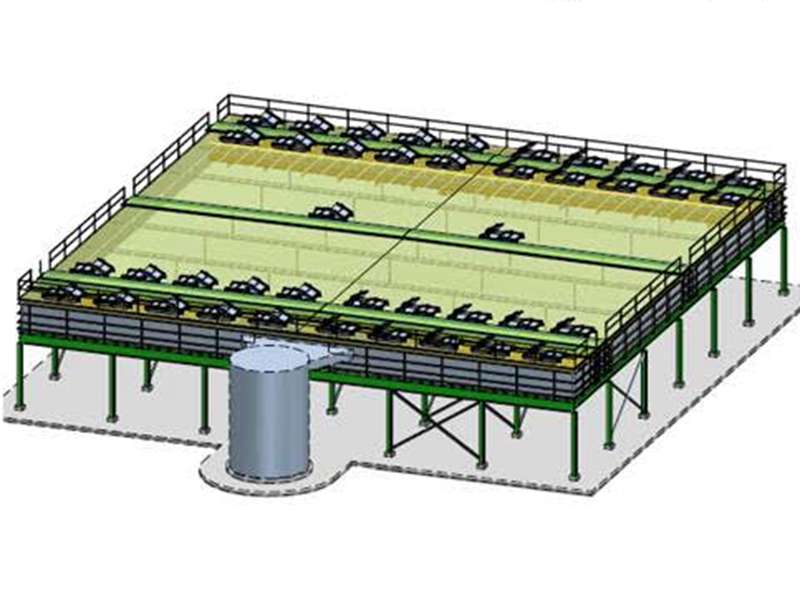
-
 Afrikaans
Afrikaans -
 Albanian
Albanian -
 Amharic
Amharic -
 Arabic
Arabic -
 Armenian
Armenian -
 Azerbaijani
Azerbaijani -
 Basque
Basque -
 Belarusian
Belarusian -
 Bengali
Bengali -
 Bosnian
Bosnian -
 Bulgarian
Bulgarian -
 Catalan
Catalan -
 Cebuano
Cebuano -
 China
China -
 China (Taiwan)
China (Taiwan) -
 Corsican
Corsican -
 Croatian
Croatian -
 Czech
Czech -
 Danish
Danish -
 Dutch
Dutch -
 English
English -
 Esperanto
Esperanto -
 Estonian
Estonian -
 Finnish
Finnish -
 French
French -
 Frisian
Frisian -
 Galician
Galician -
 Georgian
Georgian -
 German
German -
 Greek
Greek -
 Gujarati
Gujarati -
 Haitian Creole
Haitian Creole -
 hausa
hausa -
 hawaiian
hawaiian -
 Hebrew
Hebrew -
 Hindi
Hindi -
 Miao
Miao -
 Hungarian
Hungarian -
 Icelandic
Icelandic -
 igbo
igbo -
 Indonesian
Indonesian -
 irish
irish -
 Italian
Italian -
 Japanese
Japanese -
 Javanese
Javanese -
 Kannada
Kannada -
 kazakh
kazakh -
 Khmer
Khmer -
 Rwandese
Rwandese -
 Korean
Korean -
 Kurdish
Kurdish -
 Kyrgyz
Kyrgyz -
 Lao
Lao -
 Latin
Latin -
 Latvian
Latvian -
 Lithuanian
Lithuanian -
 Luxembourgish
Luxembourgish -
 Macedonian
Macedonian -
 Malgashi
Malgashi -
 Malay
Malay -
 Malayalam
Malayalam -
 Maltese
Maltese -
 Maori
Maori -
 Marathi
Marathi -
 Mongolian
Mongolian -
 Myanmar
Myanmar -
 Nepali
Nepali -
 Norwegian
Norwegian -
 Norwegian
Norwegian -
 Occitan
Occitan -
 Pashto
Pashto -
 Persian
Persian -
 Polish
Polish -
 Portuguese
Portuguese -
 Punjabi
Punjabi -
 Romanian
Romanian -
 Russian
Russian -
 Samoan
Samoan -
 Scottish Gaelic
Scottish Gaelic -
 Serbian
Serbian -
 Sesotho
Sesotho -
 Shona
Shona -
 Sindhi
Sindhi -
 Sinhala
Sinhala -
 Slovak
Slovak -
 Slovenian
Slovenian -
 Somali
Somali -
 Spanish
Spanish -
 Sundanese
Sundanese -
 Swahili
Swahili -
 Swedish
Swedish -
 Tagalog
Tagalog -
 Tajik
Tajik -
 Tamil
Tamil -
 Tatar
Tatar -
 Telugu
Telugu -
 Thai
Thai -
 Turkish
Turkish -
 Turkmen
Turkmen -
 Ukrainian
Ukrainian -
 Urdu
Urdu -
 Uighur
Uighur -
 Uzbek
Uzbek -
 Vietnamese
Vietnamese -
 Welsh
Welsh -
 Bantu
Bantu -
 Yiddish
Yiddish -
 Yoruba
Yoruba -
 Zulu
Zulu
grp winding machine
The GRP Winding Machine Revolutionizing Composite Manufacturing
The GRP winding machine is a pivotal piece of technology in the realm of composite materials, particularly in the production of Glass Reinforced Plastic (GRP). This innovative machine has changed the landscape of manufacturing by offering enhanced efficiency, precision, and versatility for various applications. As industries across the globe shift towards more sustainable and lightweight materials, the significance of GRP winding machines cannot be overstated.
Understanding GRP and its Applications
Glass Reinforced Plastic is a composite material made from a polymer matrix reinforced with glass fibers. This combination results in a material that possesses excellent strength-to-weight ratios, corrosion resistance, and durability, making it ideal for a plethora of applications. GRP is commonly used in the construction of pipes, tanks, and various structural components within aerospace, automotive, and marine industries.
The traditional methods of producing GRP components often involve labor-intensive processes that can lead to inconsistencies in quality and structural integrity. This is where the GRP winding machine comes into play. By automating the winding process, manufacturers can ensure a higher level of quality and uniformity in their products.
How the GRP Winding Machine Works
At its core, the GRP winding machine functions by applying pre-impregnated fiberglass roving to a mandrel in a controlled manner. The process typically involves the following steps
1. Mandrel Preparation The machine is set up with a mandrel that defines the final shape of the GRP product. This mandrel can be customized based on the required specifications.
2. Material Dispensation The fiberglass roving is impregnated with a resin. This resin can vary depending on the desired properties of the finished product, such as UV resistance or thermal stability.
3. Winding Process The machine then rotates the mandrel while simultaneously applying the fiberglass in a helical pattern. The angle and tension of the winding can be adjusted, allowing for optimization of strength and weight for specific applications.
grp winding machine

4. Curing Once the desired number of layers is achieved, the composite is cured at a controlled temperature, solidifying the material and ensuring maximum strength.
Advantages of Using GRP Winding Machines
The implementation of GRP winding machines offers numerous advantages over traditional hand-layup techniques. Some of these benefits include
- Increased Production Speed Automation reduces the time taken to produce composite components, enabling manufacturers to meet demand efficiently.
- Improved Consistency The machine’s controlled application of materials ensures uniformity in every piece produced, leading to fewer defects and better overall quality.
- Complex Shapes The flexibility of the winding machine allows for the creation of complex shapes and designs that would be challenging to achieve by hand.
- Cost-Effectiveness While the initial investment in a GRP winding machine may be significant, the long-term savings derived from reduced labor costs, material waste, and production time typically justify the expenditure.
Future Trends and Innovations
As technology continues to evolve, we can expect to see further advancements in GRP winding machines. Innovations such as the integration of smart technology for real-time monitoring and adjustment, enhanced analytics for optimizing production processes, and the use of alternative sustainable materials are on the horizon. These developments will not only improve efficiency but also align with global sustainability goals.
In conclusion, the GRP winding machine is a cornerstone of modern manufacturing in the composite materials sector. Its ability to enhance production efficiency, quality, and adaptability makes it an invaluable asset for industries striving to innovate and meet the demands of a rapidly changing market. As we look forward, the ongoing advancements in this field promise to unlock new possibilities for GRP and other composite materials, pushing the boundaries of what can be achieved in engineering and manufacturing.









